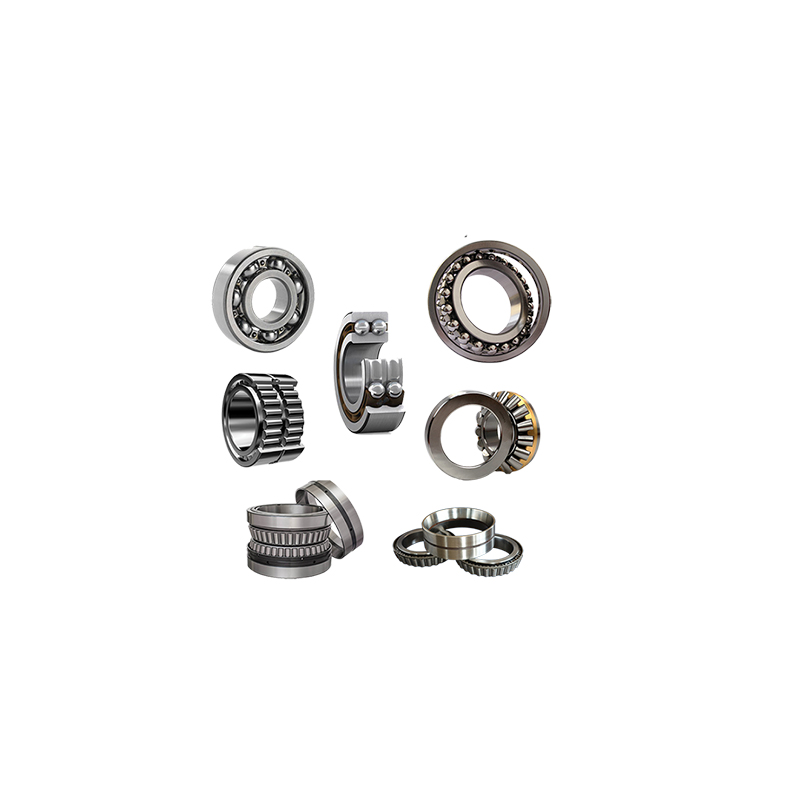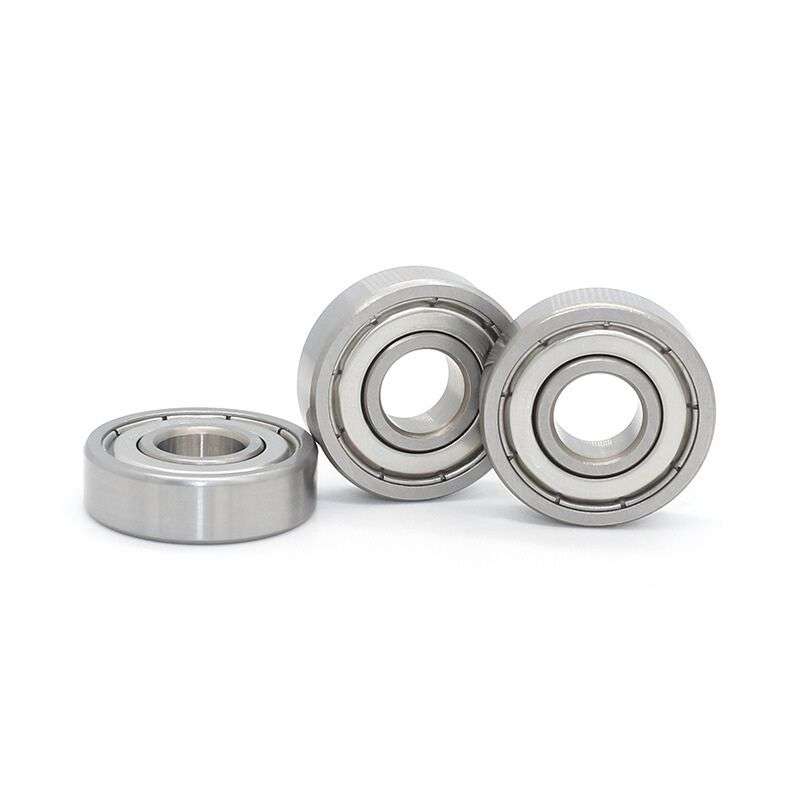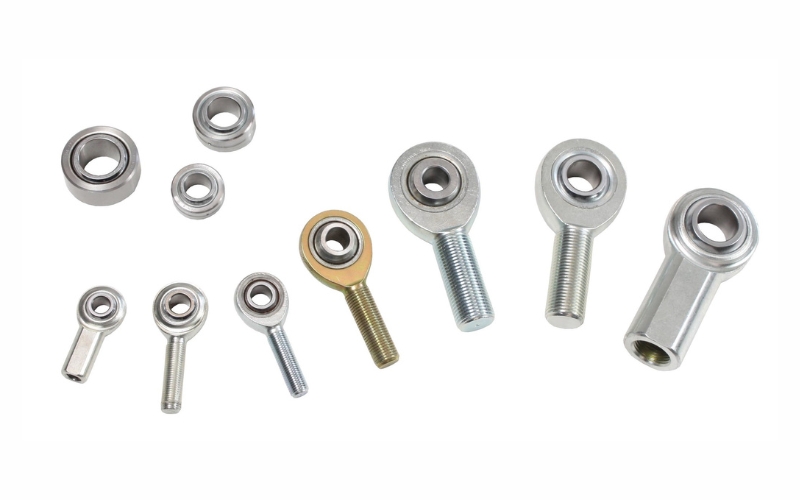Table of Contents
Categories
-
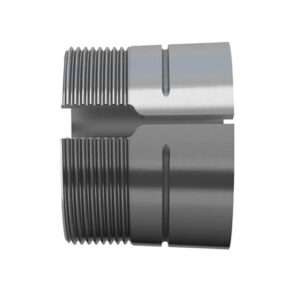
Adapter Sleeves (9)
-
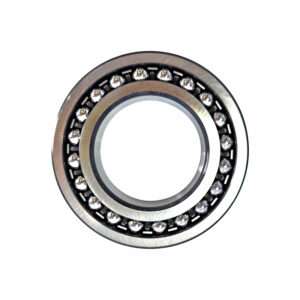
Ball Bearings (11)
-

Ball Screw Bearings (2)
-
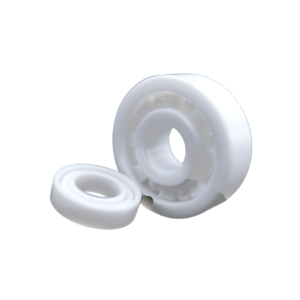
Ceramic Bearings (27)
-
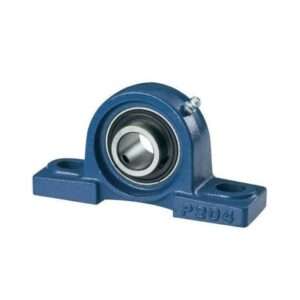
Pillow Block Bearings (4)
-
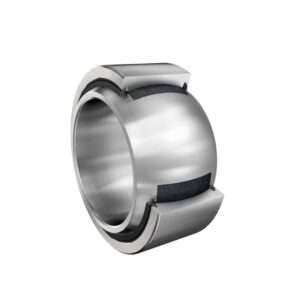
Plain Bearings (32)
-

Roller Bearings (12)
-
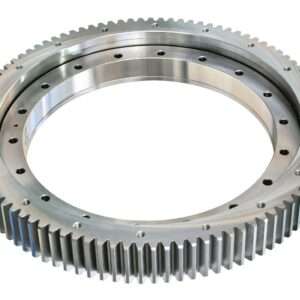
Slewing Bearings (43)
-
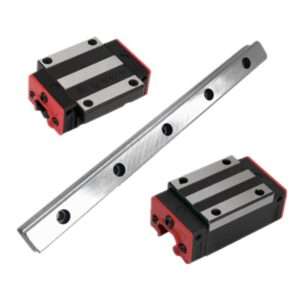
Sliding Block (3)
-
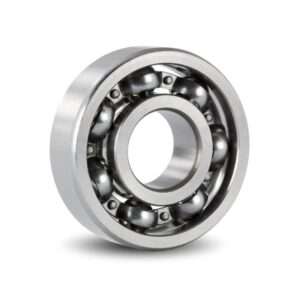
Stainless Steel Bearings (27)
-
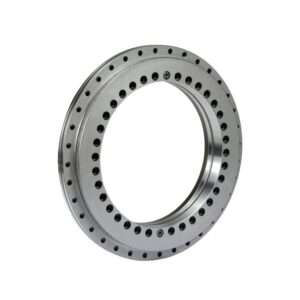
Super Precision Bearings (6)
-
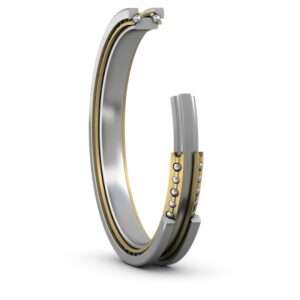
Thin Section Bearings (9)
-
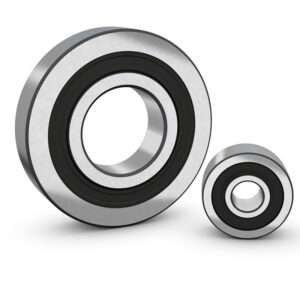
Track Rollers (4)
-
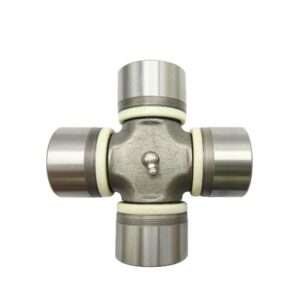
Universal Joints (1)
Twice the Power: Elevate Your Equipment with Double Row Bearings
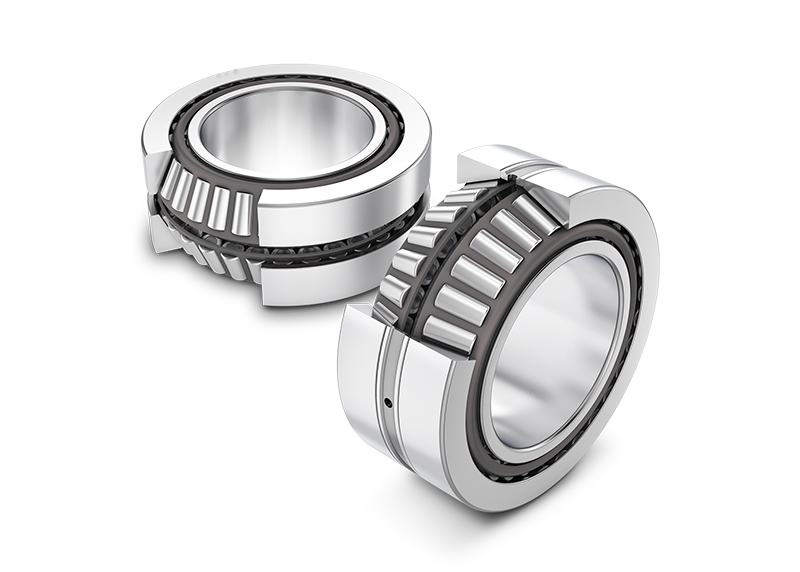
Introduction
In the realm of precision machinery, bearings play a pivotal role in ensuring seamless operations. Double row bearings, a notable innovation, stand out as a powerhouse due to their distinctive advantages. This blog meticulously examines the nuances of double row bearings, unraveling their intricate structure, diverse applications across industries, and the multifaceted benefits they bring to the forefront. Through a detailed exploration, we aim to provide a comprehensive understanding of how double row bearings significantly contribute to the enhancement of equipment performance, emphasizing their critical role in the ever-evolving landscape of industrial machinery.
Definition and Overview of Double Row Bearings
Double row bearings are a type of rolling element bearing designed to accommodate radial and axial loads in both directions. Unlike single row bearings, which consist of a single set of rolling elements, double row bearings feature two sets of rolling elements arranged in parallel within a common outer ring. This design enhances load-carrying capacity and provides increased rigidity, making double row bearings suitable for applications where higher axial and radial forces are encountered. The parallel arrangement of the rolling elements allows these bearings to distribute loads evenly, resulting in improved performance and durability. Double row bearings come in various configurations, including angular contact and self-aligning types, each tailored to specific application requirements. Widely used in industrial machinery, automotive systems, and other precision equipment, double row bearings play a crucial role in ensuring reliable and efficient rotational motion.
Significance of Bearings in Machinery Efficiency
Double row bearings significantly contribute to machinery efficiency by offering enhanced load-carrying capacity and improved rigidity. Their ability to accommodate both radial and axial loads in both directions makes them instrumental in supporting heavy-duty applications where forces act from multiple angles. The parallel arrangement of two sets of rolling elements distributes loads evenly, preventing localized stress and wear. This even load distribution not only extends the bearing’s lifespan but also minimizes friction, reducing energy consumption and enhancing overall efficiency. In precision machinery, such as industrial equipment and automotive systems, the reliable performance of double-row bearings ensures smooth rotational motion, translating into optimal operational efficiency for diverse applications across various industries.
Basics of Double Row Bearings
Structure and Design
Double row bearings exhibit a distinctive structure designed to accommodate higher radial and axial loads by featuring two sets of rolling elements within a common outer ring. This design enhances the overall load-carrying capacity and rigidity compared to single-row bearings. The arrangement of the rolling elements can vary, with angular contact and self-aligning configurations being common. Angular contact double-row bearings are designed to handle combined radial and axial loads in a specific direction, ensuring efficient performance in applications where precise contact angles are crucial. On the other hand, self-aligning double-row bearings are capable of compensating for misalignment and angular errors, providing greater flexibility in mounting. The common outer ring in double-row bearings simplifies installation while the parallel arrangement of rolling elements ensures even load distribution, promoting durability and reliability in a variety of machinery and equipment applications.
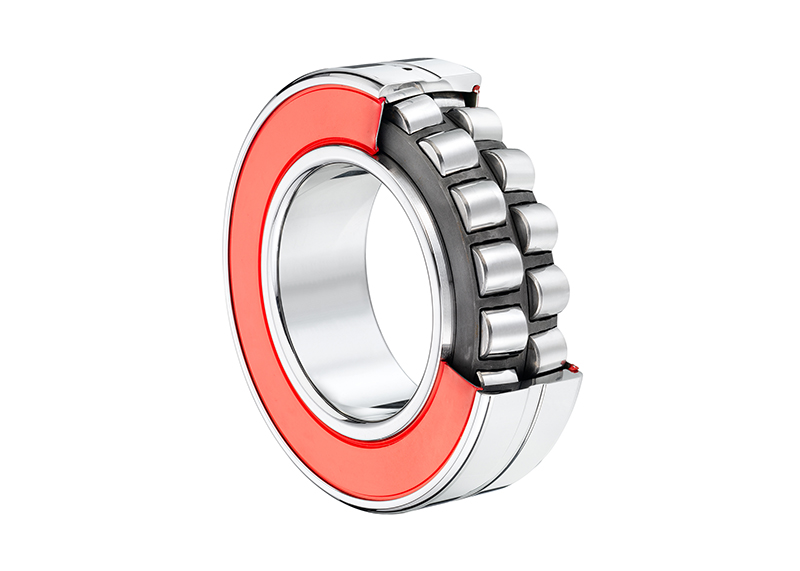
Types of Double Row Bearings
Double row bearings come in various types, each designed to meet specific application requirements. The main types of double-row bearings include:
Double Row Angular Contact Ball Bearings: Designed to handle both radial and axial loads by incorporating contact angles between the rows of balls and the raceways.
Double Row Self-Aligning Ball Bearings: Featuring a concave outer ring raceway and two rows of balls, allowing the bearing to self-align and compensate for misalignment.
Double Row Cylindrical Roller Bearings: Utilizing cylindrical rollers arranged in two rows, providing high radial load capacity and moderate thrust load capacity.
Double Row Tapered Roller Bearings: Incorporating two rows of tapered rollers that are angled to handle both radial and axial loads, commonly used in applications like wheel hubs.
Double Row Spherical Roller Bearings: Designed with two rows of barrel-shaped rollers and a spherical raceway in the outer ring, capable of handling high radial loads and moderate axial loads.
Double Row Needle Roller Bearings: Featuring needle rollers arranged in two rows, suitable for applications with limited space and high radial load requirements.
These types cover a broad range of applications, offering versatility and efficiency in various industrial settings.
Advantages of Double Row Bearings
Increased Load Capacity
Double row bearings provide distinct advantages for increased load capacity in various applications. Their unique design, incorporating two sets of rolling elements within a common outer ring, significantly enhances the bearing’s ability to withstand radial and axial loads. This parallel arrangement ensures even load distribution, preventing localized stress points and reducing the risk of premature wear. The added load-carrying capacity contributes to improved rigidity and durability, making double-row bearings ideal for heavy-duty machinery where higher forces are encountered. This enhanced load capacity not only extends the bearing’s lifespan but also contributes to overall system reliability, making double row bearings a preferred choice for applications demanding robust performance under demanding conditions.
Enhanced Radial and Axial Load Distribution
Double row bearings offer distinct advantages in terms of enhanced radial and axial load distribution. The parallel arrangement of two sets of rolling elements within a common outer ring ensures a more balanced distribution of both radial and axial forces. This feature prevents localized stress points, reducing the risk of premature wear and improving the overall stability of the bearing. The capability to handle loads in both directions makes double row bearings highly versatile, providing increased rigidity and load-carrying capacity. This balanced load distribution not only contributes to improved durability but also promotes smoother operation, making double row bearings a reliable choice for applications where precise load management is essential for optimal performance and longevity.
Improved Rigidity and Precision
Double row bearings offer significant advantages in enhancing rigidity and accuracy in various applications. The arrangement of two sets of rolling elements within a common outer ring provides increased contact points, resulting in improved rigidity against both radial and axial forces. This heightened rigidity translates into enhanced precision in machinery operations, particularly in situations where tight tolerances and minimal deflection are crucial. The structural design of double row bearings minimizes deformation under load, ensuring stability and maintaining accurate alignment. These attributes make double row bearings a preferred choice in precision equipment, contributing to the overall reliability and accuracy of systems across diverse industrial sectors.
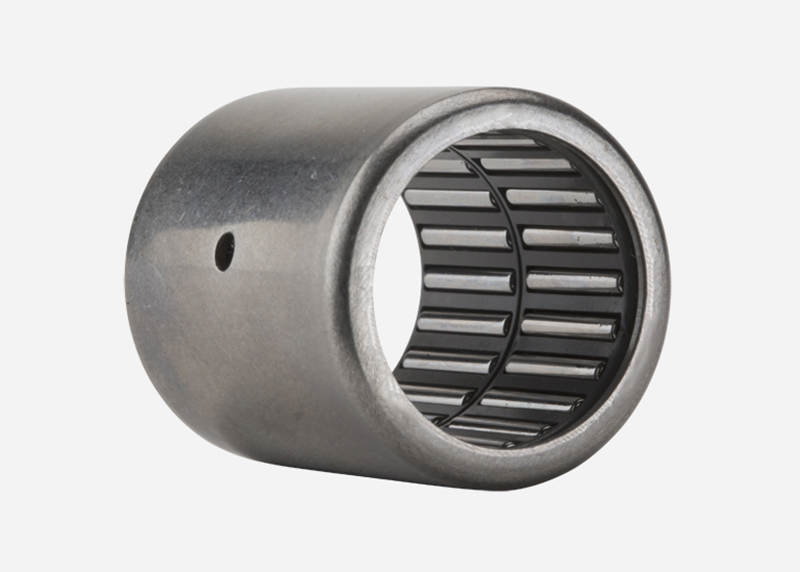
Limitations and Challenges of Double Row Bearings
While double row bearings offer various advantages, they are not without limitations and challenges. One notable limitation is the increased complexity of their design, which may lead to higher manufacturing costs compared to simpler bearing configurations. The intricacy of double row bearings also makes them more susceptible to misalignment issues, demanding precise installation to ensure optimal performance. Additionally, in applications with strict space constraints, the larger size of double row bearings may pose challenges, limiting their suitability. The presence of two rows of rolling elements introduces the potential for increased friction and heat generation, necessitating careful consideration of lubrication and cooling mechanisms. Moreover, the assembly process for double row bearings can be more intricate, requiring specialized skills. Despite these limitations, proper application consideration and maintenance practices can mitigate challenges, allowing double row bearings to excel in various demanding operational environments.
Double Row Bearings vs. Single Row Bearings
Double row bearings and single row bearings differ significantly in design and performance characteristics, influencing their suitability for various applications. Firstly, in terms of load-carrying capacity, double row bearings excel as they feature two sets of rolling elements within a common outer ring, distributing loads more evenly. This enhances their ability to handle higher radial and axial loads compared to single row bearings, making them preferable for heavy-duty applications.
Secondly, in terms of space utilization, single row bearings are more compact due to their simpler design with a single set of rolling elements. This makes them suitable for applications with limited space constraints where a smaller footprint is essential.
Lastly, when it comes to manufacturing simplicity and cost-effectiveness, single row bearings have an edge. Their uncomplicated structure and ease of production often result in lower manufacturing costs compared to the more intricate design of double row bearings.
In summary, the choice between double row and single row bearings depends on the specific requirements of the application, considering factors such as load capacity, space constraints, and cost considerations.
Applications in Various Industries
Industrial Machinery: Double row bearings find extensive use in various industrial machinery, such as conveyor systems and gearboxes, providing reliable support for heavy radial and axial loads.
Automotive Systems: In automotive applications, including wheel hubs and transmissions, double row bearings contribute to efficient load distribution and enhanced durability under diverse operating conditions.
Agricultural Equipment: Used in agricultural machinery like tractors and harvesting equipment, double row bearings ensure robust performance and longevity in demanding farming environments.
Construction Machinery: Double row bearings play a vital role in construction equipment, such as excavators and cranes, where their ability to handle heavy loads and resist deformation is crucial for reliable operation.
Material Handling Equipment: From forklifts to conveyors, double row bearings support material handling systems by providing the necessary load-carrying capacity and stability for smooth operation.
Railway Applications: Double row bearings are employed in railway applications, including axle assemblies and wheelsets, contributing to the efficient and reliable movement of trains with high load capacities and precision.
Conclusion
In conclusion, double row bearings stand as essential components in precision machinery, offering increased load capacity, enhanced load distribution, and improved rigidity. Their versatile designs, including angular contact and self-aligning types, cater to diverse applications in industries such as automotive, construction, and agriculture. While facing challenges like increased complexity, their benefits in machinery efficiency and durability make them a preferred choice. The choice between double row and single row bearings depends on specific application needs, considering factors like load capacity, space constraints, and cost considerations. Overall, double row bearings play a pivotal role in ensuring optimal performance and longevity across various industrial sectors.
References
- 1.”Double Row” from TIMKEN;
- 2. “Double Row Angular Contact Ball Bearings” from NSK Americas;
- 3. “Double row tapered roller bearings” from SKF.

